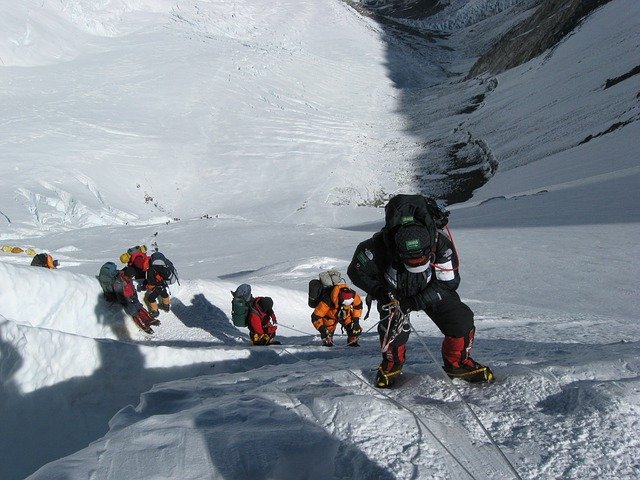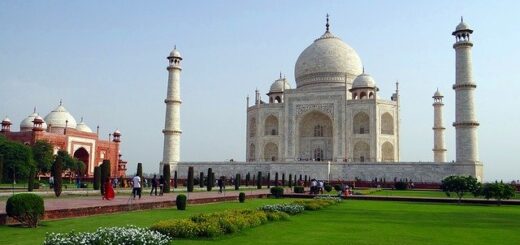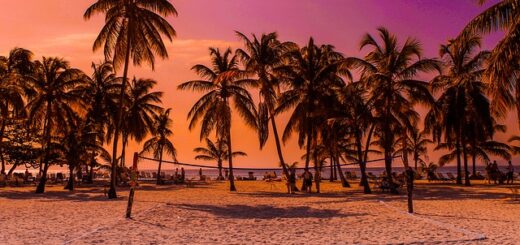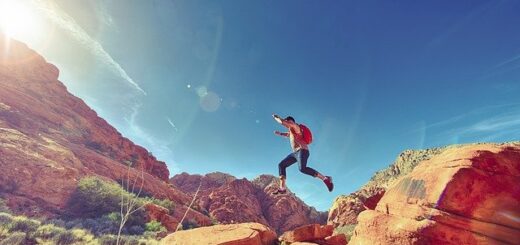Everest Base Camp Trek: Detailed Guide
Every person’s bucket list starts with something adventurous, trekking. People like to go on a trek for fun and to explore their adventurous side, but at times, it’s about survival. Some treks are really difficult to summit. Trek is all about creating a lifetime memory and capturing many postcard images that will be a pleasure for your eyes and attain mental peace. It is an enchanting and overwhelming experience. Whenever you want to feel the cold breeze, get the sight of a white sheet of snow covering mountain peaks, experience dynamic weather conditions, and search for the very best things in a single journey, then no vacation can be perfect than going on a trek. “Trekking” sounds easy until we talk of Mt. Everest. Then, we will talk about the Everest Base Camp trek, one of the difficult treks situated in Kathmandu, Nepal.

Everest Base Camp Trek
The thought of summiting one of the highest treks nestled at 18,513 ft offers an imposing challenge for the trekkers. Crossed everyone’s mind once in their lifetime. This trail is something that everyone wants to explore in the Himalayan Range. This alluring trek is also known as ‘Steps to Heaven’ for a reason. The staggering trek at the base of the world’s highest peak will give you an adrenaline rush. As soon as you reach Kala Patthar, don’t miss the opportunity to witness the panoramic views of Mt. Everest, and that view will leave you in a whammy state with its beauty. The Everest Base Camp trek becomes rewarding by visiting the world’s highest monastery Tengboche in Kumbhu Valley. The scenic view of foliage farmland, dense forest, pristine blue fast-flowing rivers will fade into the barren land and snow-covered sheets as you will snake up the mountains. Once you make it to the highest point of the trek, you will be just sitting and admiring your journey and the tussle you made to conquer the trek and tick your to-do list.
Some Quick Facts About Everest Base Camp Trek
- Starting/Ending point of the trek is Tribhuvan Domestic Airport, Kathmandu.
- Twelve days and eleven nights will be the time for you to stay in the lap of the highest peak, and this time will give you the best of your life.
- Being at the base of Mt. Everest, this trail is at 18,513 ft. Above sea level.
- This trek is not that easy and so is classified into a difficult category.
- The alluring route of 130 km is worth shredding sweat.
- Best to conquer Everest Base Camp Trek is during April to early June or September to mid-December.
Points to Remember Before Going for the Trek
- Share details of your passport and visa at the time of booking and also upon arrival.
- Carry your mandatory ID proof (passport, driving license or Voter ID); any of them will do.
- Avoid bringing the non-biodegradable waste to protect our environment’s beauty.
- Do not use any intoxicating substance or alcohol, which is strictly prohibited on the trek.
- Take notes of instructions given by the guide and trek leader.
- Keep a buffer day in hand so that you can get rid of tiredness from the dynamic flight journey.
- If you want to buy any trekking stuff, then no other place than Kathmandu will work. It provides you with the best and cheap trekking equipment. There are no ATMs available in Lukla, so carry enough cash for emergencies.
- The only thing that can keep you warm during your trek is tea, but they are really expensive, so carry your tea bags and get hot water which won’t cost you much.
- The accommodation during the trek is in small tea houses or mountain lodges organized by Sherpa people. There are facilities for showers lower down on the trail, but many people prefer baby wipes and hot water bowls to clean due to extreme weather conditions. It can be difficult for toilets as tea houses don’t have Western toilets but just a hole in the ground.
- You will get surprised at how warm it can be if it’s sunny. Some trekkers prefer to wear shorts and t-shirts for the first few days at low elevation, but the temperature falls real quick when the sun sets down. Wear a warm cap while sleeping in your sleeping bag.
- Don’t forget to keep yourself hydrated and drink lots of water. Carry extra water bottles with you all time.
- When you are at a high altitude, it is normal to get a sunburn to protect your eyes and skin, wear a cap or hat, sunglasses, and apply sunscreen frequently.
- Headache is a normal problem faced by many at high altitudes, but this headache won’t stop you from trekking if you take medicine. If the headache increases, then it will be advisable to trek down.
- Your electronic batteries of phone, camera, or torch will die quicker in the cold and not all, but some tea houses allow you to charge, but you can carry spare batteries and portable chargers to avoid this situation.
- Don’t forget to click some amazing pictures on one of the best Himalayan Treks.
Things to Carry for Everest Base Camp Trek
- Warm clothes
- Caps
- Head torch
- Spare batteries
- Walking stick
- Hiking shoes
- Thermal innerwear
- lightweight quilt
- Rain cover
- Backpack (50 liter – 60 liter)
- Day pack (20 liter – 30 liter)
- Toilet paper and wipes
- Extra pair of socks
- Water bottles
- Personal medicines
How to reach Kathmandu?
By Rail: Oops!! There are no rail lines connected to Kathmandu. Yes, but you can get off at Janakpur (Nepal) by train from Jainagar (India). It will take a 6-hour drive to reach the city.
By Road: Road journeys are always fun, and so is this one. You can board a bus from Gorakhpur or Varanasi to Sunauli, from where you can take a local bus to Kathmandu.
By Air: Tribhuvan International Airport is your key to reach Kathmandu from some of the major cities, Delhi, Mumbai, Kolkata, Bangalore and Varanasi.
Check out our other travel guides to get more travel-related information.





















